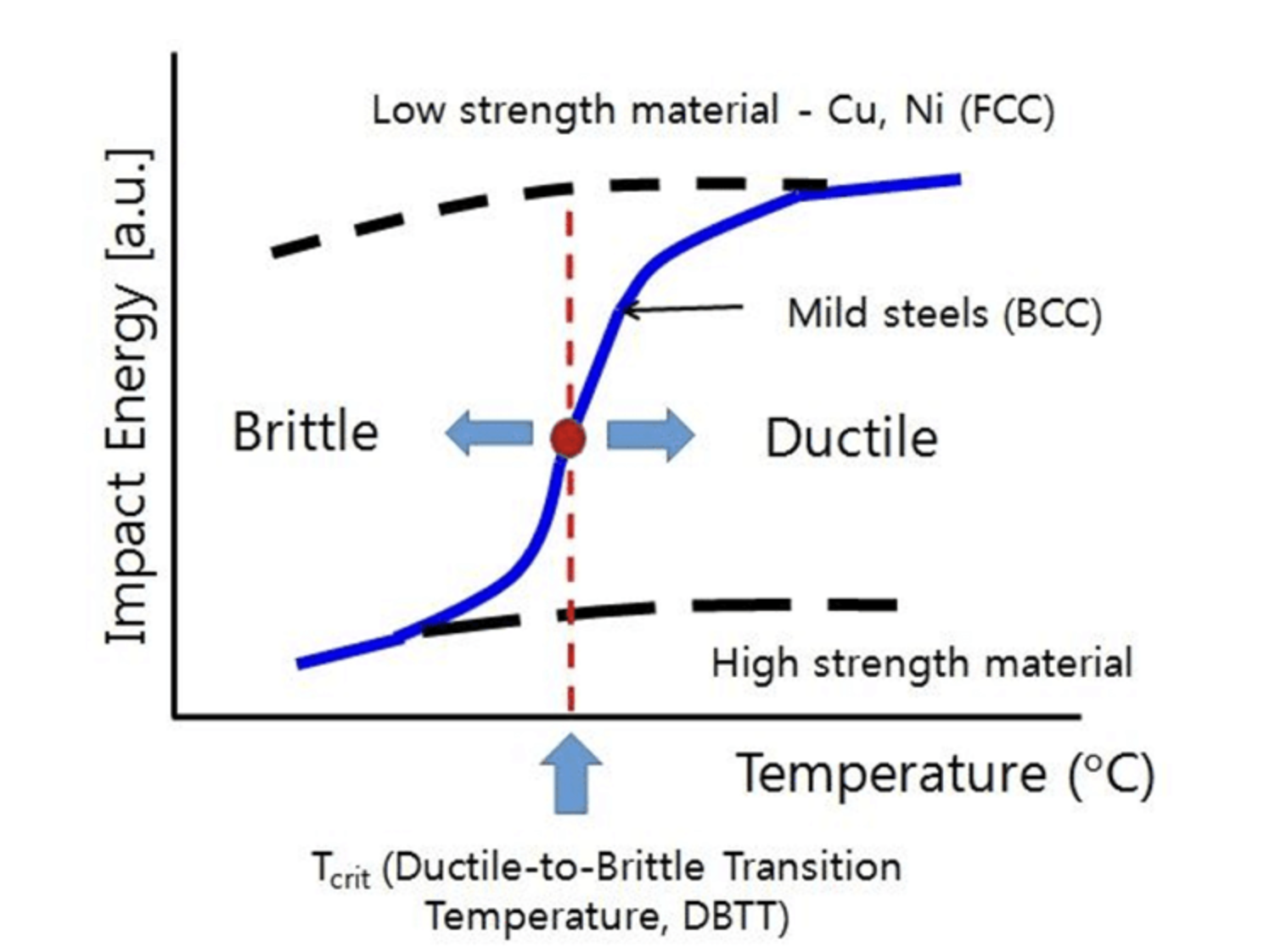Material Failures - What Movies Don't Tell You [CAE Compass- Newsletter 📩]
|
My Physics Cafe
🧭 CAE Compass Edition # 29 It's been a long time since our last newsletter issue... Life’s been like a game of table tennis lately — me on one side, office work on the other, and My Physics Café cheering from the sidelines. Between dodging emails and brewing coffee, I finally sat down to write this edition for you. 🏓 Today’s topic is something cool and full of future possibilities — Biomechanics Simulation. Bionic arms that blend human anatomy with mechanical engineering Imagine your body is...
🧭 CAE Compass Edition # 28 Imagine you're trying to cook a big meal. If you have just one small pan and a single stove burner, it’s going to take ages. But if you have a big kitchen with multiple burners, a large oven, and the right equipment, you can whip up a feast much faster. The same logic applies to CAE! The more powerful your computer, the faster and smoother your simulations will run. But does that mean you need a computer worth thousands of dollars? Not necessarily! What if you buy...
🧭 CAE Compass Edition # 27 Ever tried baking a cake and used salt instead of sugar? Disaster, right? Choosing the wrong material model in your analysis feels exactly like that. The structure may look perfect, but it won’t perform as expected! Don’t worry; with a little know-how (and a flowchart), you can pick the right material model every time. Selecting the right material is that easy! Step-1: Understand Your Material’s Personality Materials have distinct personalities. Some are flexible...
